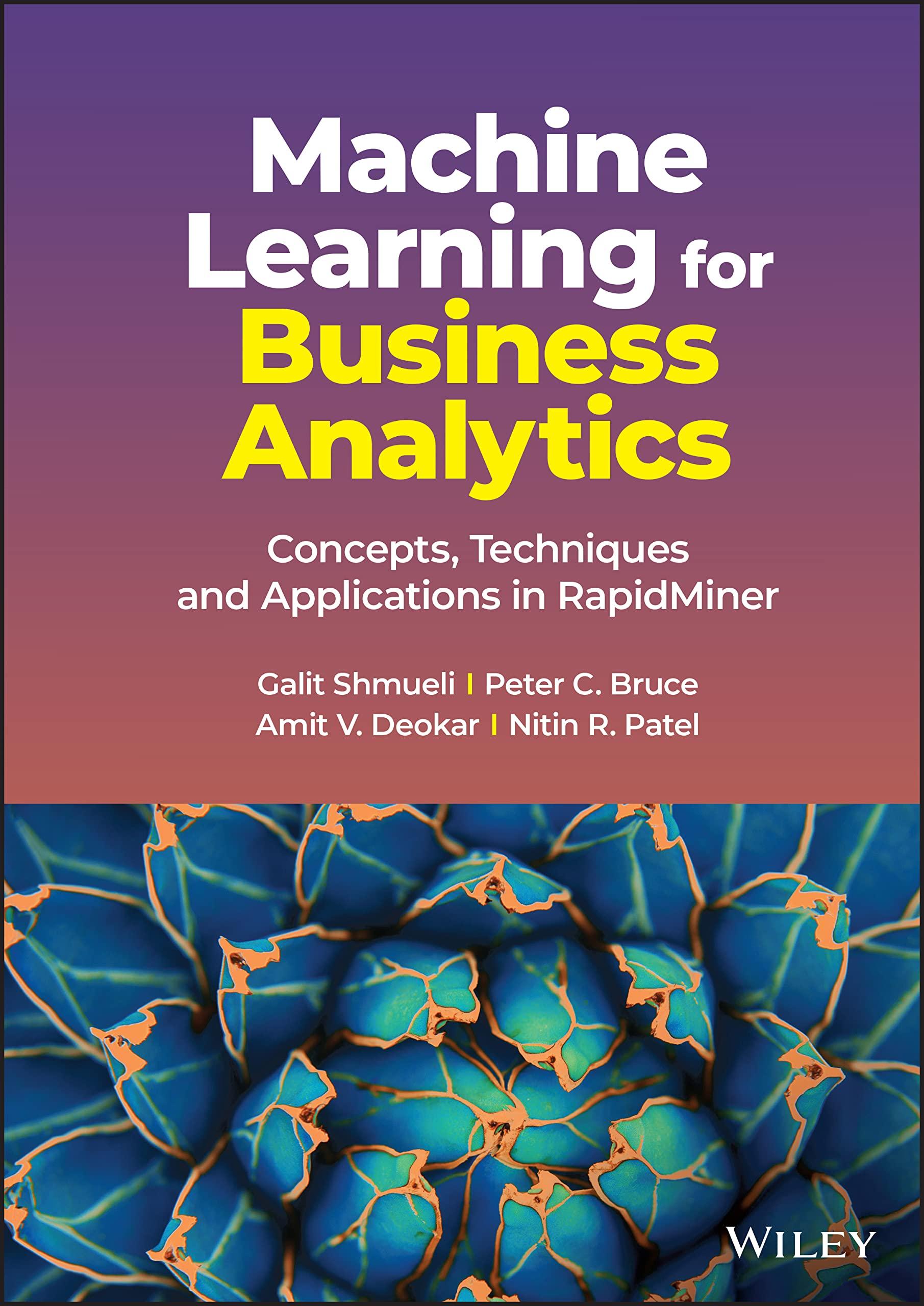and the problem of what to recommend to student E.N. a. First consider the process of creating
Question:
and the problem of what to recommend to student E.N.
a. First consider the process of creating a user-based collaborative filter. This requires computing correlations between all student pairs. For which students, is it possible to compute correlations with E.N.? Compute them.
b. Based on the single nearest student to E.N., which single course should we recommend to E.N.? Explain why.
c. Using RapidMiner’s Data to Similarity operator, compute the cosine similarity between users. (Note: Assign the id role to the student name attribute.)
d. Based on the cosine similarities of the nearest students to E.N., which course should be recommended to E.N.?
e. What is the conceptual difference between using the correlation as opposed to cosine similarities? (Hint: How are the missing values in the matrix handled in each case?)

f. With large datasets, it is computationally difficult to compute user-based recommendations in real time, and an item-based approach is used instead. Returning to the rating data (not the binary matrix), let’s now take that approach.
i. If the goal is still to find a recommendation for E.N., for which course pairs is it possible and useful to calculate correlations?
ii. Just looking at the data, and without yet calculating course pair correlations, which course would you recommend to E.N., relying on item-based filtering? Calculate two course pair correlations involving your guess, and report the results.
Step by Step Answer:

Machine Learning For Business Analytics
ISBN: 9781119828792
1st Edition
Authors: Galit Shmueli, Peter C. Bruce, Amit V. Deokar, Nitin R. Patel






